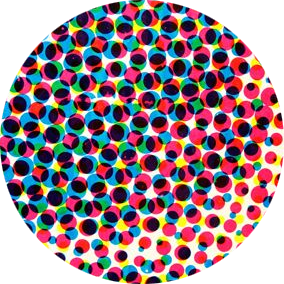Feminist Legacies in “She-Hulk”

The 2014 She-Hulk series, penned by Charles Soule w/ pencils by Javier Pulido & Ron Wimberly and covers by Kevin Wada, features a strong cast of female supporting characters. And two characters, Hellcat/Patsy Walker and Tigra/Greer Nelson, have fascinating feminist legacies. 1/9




Nelson’s superhero origin is explicitly feminist. After her controlling husband is killed by muggers, Nelson goes to college, becoming the lab assistant to a female scientist trying to maximize women’s potential. This transforms Nelson into a superhero called The Cat. 5/9

“The Cat” series was cancelled after four issues. But comics weren’t done with Nelson or The Cat. In 1974, Nelson was transformed into a cat-woman known as Tigra. And in 1976, in the pages of Avengers #144, the Cat costume found a new owner—none other than Patsy Walker. 6/9

As Hellcat, Patsy has been a member of The Defenders and starred in several miniseries (while also enduring numerous traumas). As Tigra, Nelson became a member of the West Coast Avengers and has guest starred in many additional stories. 7/9

In “She-Hulk,” Hellcat, Tigra, and Jennifer Walters/She-Hulk exchange sisterly mentorship. Jen offers Patsy a job when she’s struggling, while Patsy and Greer bond over their interconnected histories & discuss different ways of embodying female empowerment. 8/9

Hellcat and Tigra’s lengthy histories don’t directly impact the main plot of “She-Hulk.” But for attuned readers, bringing these three women together, and seeing them support each other, evokes a rich, if complicated, feminist history—and plenty of feminist potential. 9/9
